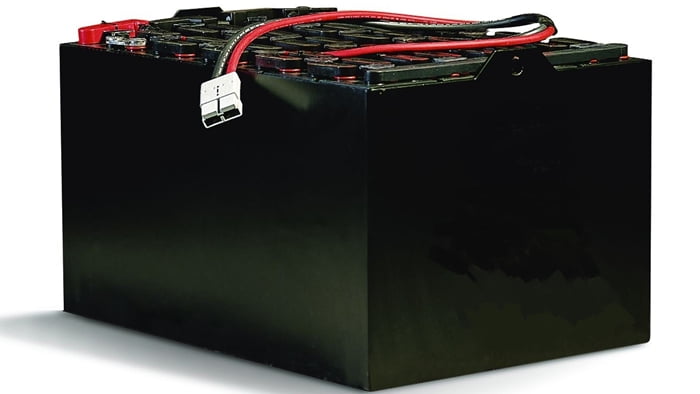
by tylorBennett | Aug 18, 2022 | Forklift Fleet Management
Chapter 6: Battery and Charging Systems Lift truck batteries come in all shapes and sizes. A typical battery’s dimensions and weight can vary widely depending on the truck, but in the case of the 5,000 lb. electric sit-down counterbalanced lift truck, it’s...
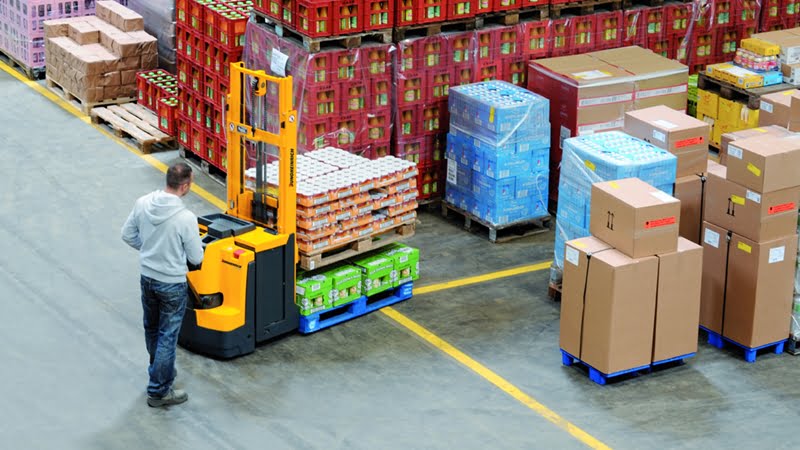
by tylorBennett | Aug 18, 2022 | Forklift Fleet Management
Chapter 7: Electric Braking and Energy Regeneration AC electric technology allows precise and aggressive electric braking in which mechanical friction from a physical brake is not used as the sole means of slowing or stopping the lift truck but in addition, it ‘pours’...
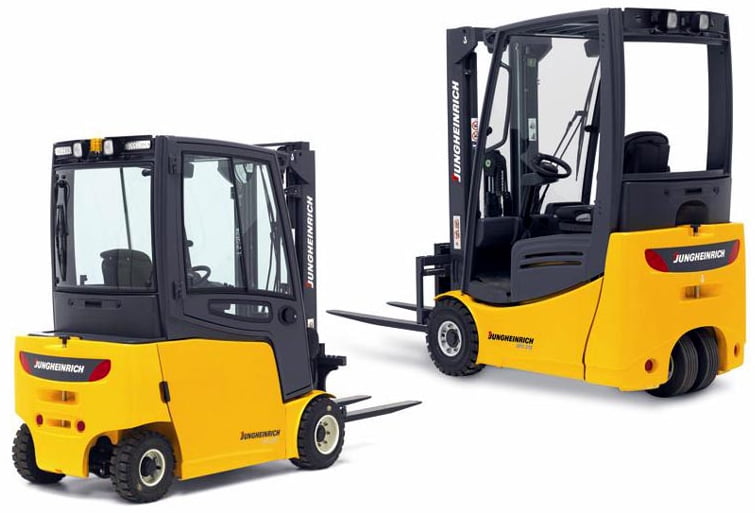
by tylorBennett | Aug 18, 2022 | Forklift Fleet Management
Chapter 5: Voltage Levels Used in Electric Lift trucks Today Electric warehousing lift trucks are based on a range of voltages (e.g. 24V, 36V, 48V and 80V). Some applications don’t require a great deal of power. For example, most Class III lift trucks (walkies,...
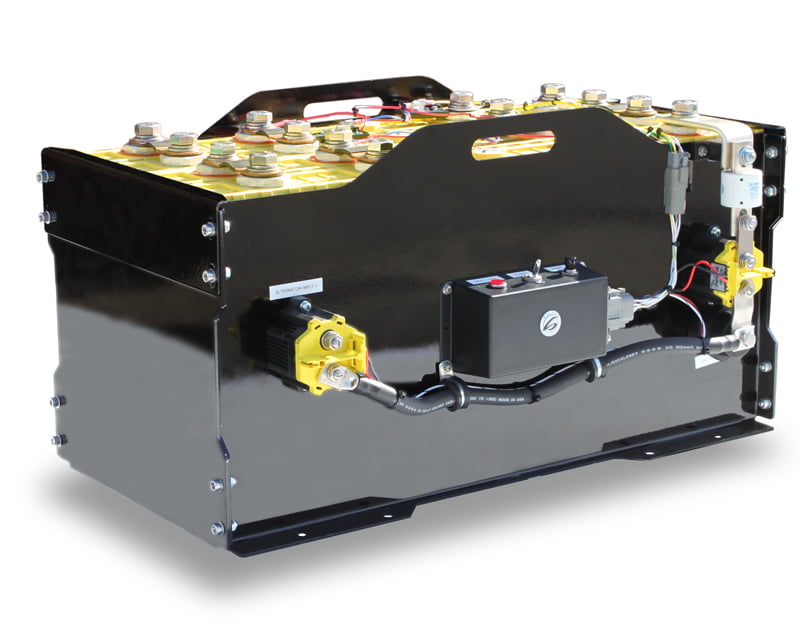
by tylorBennett | Aug 18, 2022 | Forklift Fleet Management
Chapter 4: Trends in Materials Handling A trend to increasingly narrower aisles in warehouses and distribution centers reflects the need to store more goods in the same amount of space than in the past (“cube utilization”). In addition to aisles shrinking, storage...
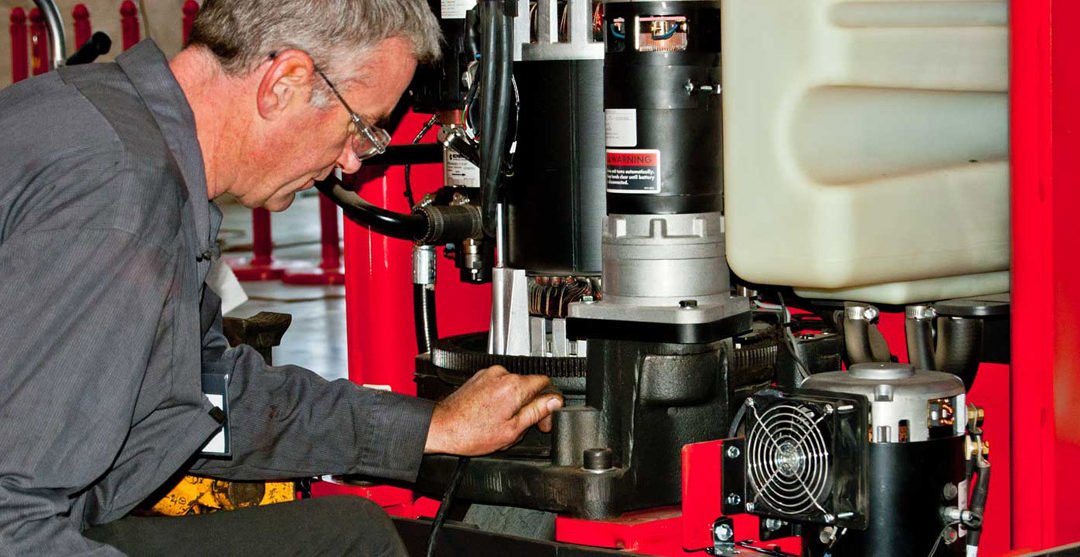
by tylorBennett | Aug 18, 2022 | Forklift Fleet Management
Chapter 3: Compressed Natural Gas (CNG) The process of producing CNG is quite simple. It is composed of methane which is a natural gas which is then filtered and compressed. The comparisons of utilizing CNG as a power source for lift trucks are much stronger when...
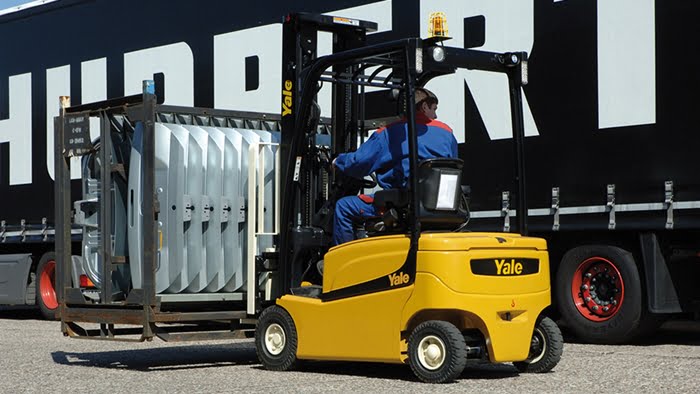
by tylorBennett | Aug 18, 2022 | Forklift Fleet Management
Chapter 2: AC Technology Compared to Internal Combustion When compared to internal combustion systems, the performance of AC lift trucks in parameters such as acceleration, ability to negotiate a ramp, speed control on ramps, load-lift ability and braking are today...







